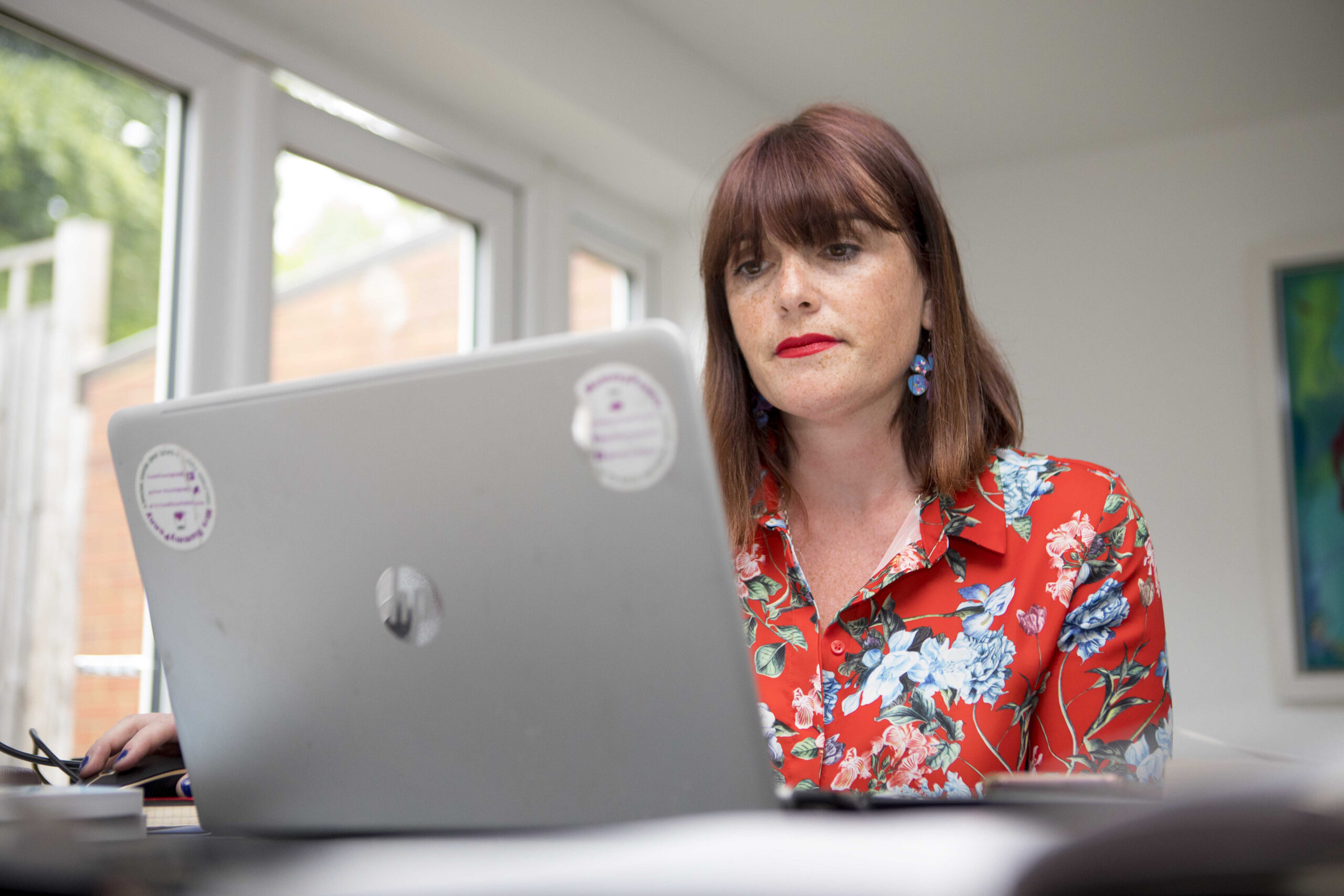Starting your trading journey can feel like stepping into unfamiliar territory, and there’s a lot of terminology, platforms, and fast-moving information to get used to. But the truth is, you don’t need dozens of tools to get going, just the right ones.
Whether you’re interested in forex, stocks, futures, or crypto, these essential trading tools will help you make smarter decisions, reduce guesswork, and build confidence over time.
#1 Trading Platform
The most important tool of all is your trading platform, as this is where you place your trades, monitor the markets, and manage your positions. Popular platforms like MetaTrader 4 (MT4), MetaTrader 5 (MT5), TradingView, and cTrader give you access to:
- Live charts
- Order placement tools
- Technical indicators
- Price alerts and notifications
Some brokers have their own custom platforms, but most allow access to well-known third-party tools as well.
Look for a platform that is:
- Easy to use
- Compatible with your device (desktop, tablet, or mobile)
- Backed by good customer support
- Customisable to your style
#2 Community or Learning Hub
As a beginner, it helps to be part of a group or platform where you can ask questions and learn from others. Look for:
- You can use trading forums or subreddits
- You can use Discord or Telegram groups
- You can learn sections offered by brokers
- You can use reputable online academies
Many of these communities even link to their own free trading course, giving you structured lessons and tools to get started with confidence, no cost, no pressure.
#3 Charting Software
While many trading platforms come with built-in charts, you might want to use standalone charting software for deeper analysis. One of the most widely used tools is TradingView.
It offers:
- Interactive charts for hundreds of markets
- A huge library of technical indicators
- Drawing tools to mark support/resistance, trends, and patterns
- The ability to test strategies with historical data
Beginners benefit from having a clear visual view of market activity, and TradingView makes that very beginner-friendly.
#4 Economic Calendar
Markets move because of news, and having a real-time economic calendar helps you stay ahead of it. These tools show you key financial events like:
- Central bank announcements
- Inflation reports
- Employment data
- GDP and manufacturing figures
Platforms like Investing.com, Forex Factory, and DailyFX offer free economic calendars with filters for importance level and currency impact.
It’s especially useful if you’re trading forex, indices, or commodities that react to global events.
#5 Demo Account
Before risking any real money, every new trader should open a demo account. This lets you trade with virtual funds while getting used to:
- Placing and managing trades
- Understanding how leverage works
- Testing your strategy
- Navigating the trading platform
Most brokers offer a free demo version, and it’s the best way to build experience without pressure.
#6 Position Size Calculator
Managing risk is literally one of the most important parts of trading, and a position size calculator helps you figure out how much to trade based on your:
- Account size
- Risk tolerance (usually a % of your capital)
- Stop loss distance (in pips or points)
There are many free tools online where you can input this info and get the right trade size instantly. This prevents you from risking too much on any one position.
#7 Trading Journal
A trading journal is where you log every trade, what you did, why you did it, and how it turned out. You can use:
- A notebook
- A spreadsheet
- A digital journal like Edgewonk or Tradervue
Over time, this helps you:
- Spot patterns in your behaviour
- Identify what’s working (and what’s not)
- Track your progress as a trader
Journaling may sound dull, but it’s often what separates inconsistent traders from consistent ones.
#8 News Feed or Market Alerts
Staying informed can make all the difference, especially if you’re trading short-term. Real-time news feeds like:
- Bloomberg
- Reuters
- Financial Times
- Or even Twitter/X via verified analyst accounts
…can give you a heads-up when markets start moving. Some platforms even let you set alerts for price levels or keywords, so you don’t miss key updates.
Use the Tools at Your Disposal!
You don’t need fancy algorithms or expensive tools to start trading. What you really need is a small set of essential resources, tools that help you learn, stay informed, and make calculated decisions.
As you grow more confident, you might add more tools to your setup. But for now, focus on mastering the basics. With the right foundation, you’ll be in a stronger position to trade smarter, not just more often.




